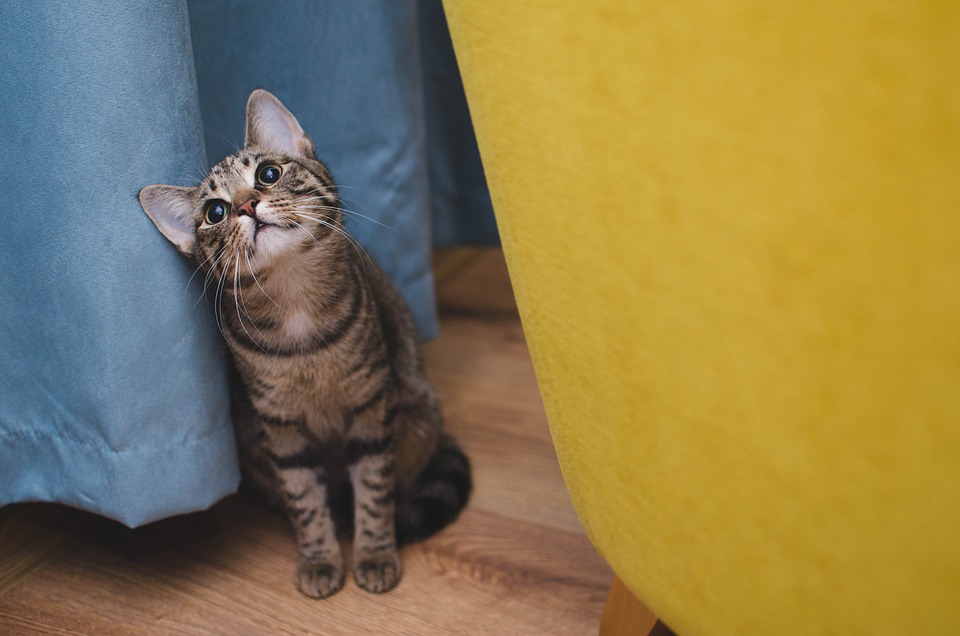Caring for a cat involves more than just feeding and providing shelter. Grooming is a crucial aspect of cat care that should not be overlooked. Regular grooming sessions help maintain your cat’s appearance and promote their overall health and wellbeing. To help you become a pro at cat grooming, we have compiled the top 10 cat grooming tips every cat owner should know.
1. Brushing Your Cat’s Coat Regularly: Regular brushing is essential to maintain a healthy coat for your cat. It helps remove loose fur, prevents matting, and stimulates blood circulation. The type of brush you use will depend on your cat’s coat length. For long-haired cats, opt for a wide-toothed comb or a slicker brush. Short-haired cats can be brushed with a rubber brush or a grooming mitt.
2. Bathing Your Cat: Contrary to popular belief, most cats do not require frequent baths. However, if your cat gets into something dirty or has specific skin conditions, occasional baths may be necessary. Use cat-specific shampoos, lukewarm water, and ensure you provide a calm and secure environment for bathing.
3. Trimming Your Cat’s Nails: Regular nail trims are crucial to prevent painful ingrown nails and scratches. Invest in a pair of cat nail clippers, and get your cat accustomed to having their paws handled from a young age. Be cautious not to cut into the quick, which can cause bleeding and discomfort. If you’re unsure, consult a veterinarian or a professional groomer.
4. Cleaning Your Cat’s Ears: Inspect your cat’s ears regularly for any signs of debris, redness, or odor. Use a cat-specific ear cleaner and cotton balls to gently remove dirt or wax buildup. Be cautious and avoid inserting anything deep into the ear canal, as it can cause injury. If you notice any abnormalities or persistent issues, consult a veterinarian.
5. Dental Care for Your Cat’s Teeth: Dental health is often overlooked but critical for your cat’s overall wellbeing. Introduce tooth brushing gradually using a cat-specific toothbrush and toothpaste. Start by offering a taste of the toothpaste and gradually progress to brushing a few teeth at a time. Regular dental check-ups with your veterinarian are recommended to ensure optimal oral health.
6. Regular Eye Care: Your cat’s eyes should be clear, bright, and free from discharge. If you notice any redness, swelling, or excessive tearing, consult a veterinarian. To keep your cat’s eyes clean, use a damp cotton ball or a soft, clean cloth and gently wipe away any debris from the corners of their eyes.
7. Preventing Hairballs: Hairballs are a common issue in cats, especially those with longer hair. Regular grooming and brushing help reduce the occurrence of hairballs by removing excess hair. Additionally, including a hairball prevention cat food or using hairball remedies recommended by your veterinarian can help control hairball formation.
8. Flea and Tick Prevention: Regular grooming is an excellent opportunity to check for fleas and ticks on your cat’s coat. Use a flea comb to remove any pests you find and consider using veterinarian-approved flea and tick prevention products. These products come in various forms, including topical treatments and oral medications, and are essential for keeping your cat parasite-free.
9. Monitoring Skin Health: During grooming sessions, pay close attention to your cat’s skin. Look for any signs of redness, irritation, dryness, or wounds. Skin issues could indicate allergies, parasites, or underlying health conditions. If you notice any abnormalities, consult your veterinarian for appropriate diagnosis and treatment.
10. Seeking Professional Grooming Help: If you find cat grooming tasks challenging or your cat requires specific grooming techniques, consider seeking professional help. Professional groomers are experienced in handling cats and can assist with more intricate grooming tasks, such as breed-specific trims and dematting.
FAQs:
Q: How often should I groom my cat?
A: The frequency of grooming depends on your cat’s coat length and their individual needs. Long-haired cats typically require daily grooming, while short-haired cats may only need grooming once or twice a week.
Q: Can I use human grooming products on my cat?
A: No, it is essential to use cat-specific grooming products. Human products may contain ingredients that are harmful to cats if ingested or absorbed through the skin.
Q: My cat hates being groomed. What should I do?
A: Start slowly and make grooming a positive experience. Gradually introduce grooming tools, offer treats and praise, and keep the sessions short initially. Consult a professional trainer or behaviorist if your cat’s aversion to grooming persists.
Q: Can I groom my cat when they are pregnant?
A: It is best to consult with your veterinarian regarding grooming practices during pregnancy. They can provide guidance based on your cat’s specific needs and stage of pregnancy.
Remember, grooming is not only about keeping your cat clean but also about strengthening your bond with them. Regular grooming sessions provide an opportunity for quality time and help you monitor your cat’s health closely. By following these top 10 grooming tips, you can ensure your cat remains happy, healthy, and looking their best.








